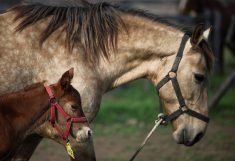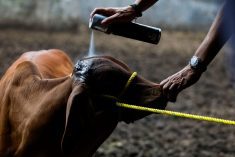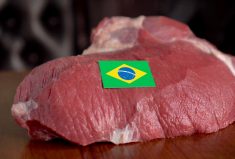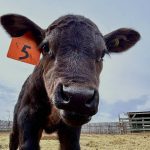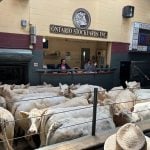The U.S. Department of Agriculture’s long-awaited “Rule 2,” allowing imports of Canadian cattle born after March 1, 1999, took effect Monday with no reported incident.
“This government and our industry partners have worked closely with the American industry and with the USDA to achieve this goal,” said federal Agriculture Minister Gerry Ritz in a release Monday.
“It’s great to see our work pay off with the USDA final rule normalizing trade for all cattle born after March 1, 1999.”
The new rule affords another small measure of closure from the BSE crisis that first hit Canada’s cattle producers in May 2003, when the country’s first case of bovine spongiform encephalopathy (BSE, or mad cow disease) was found in an older animal in Alberta.
Read Also
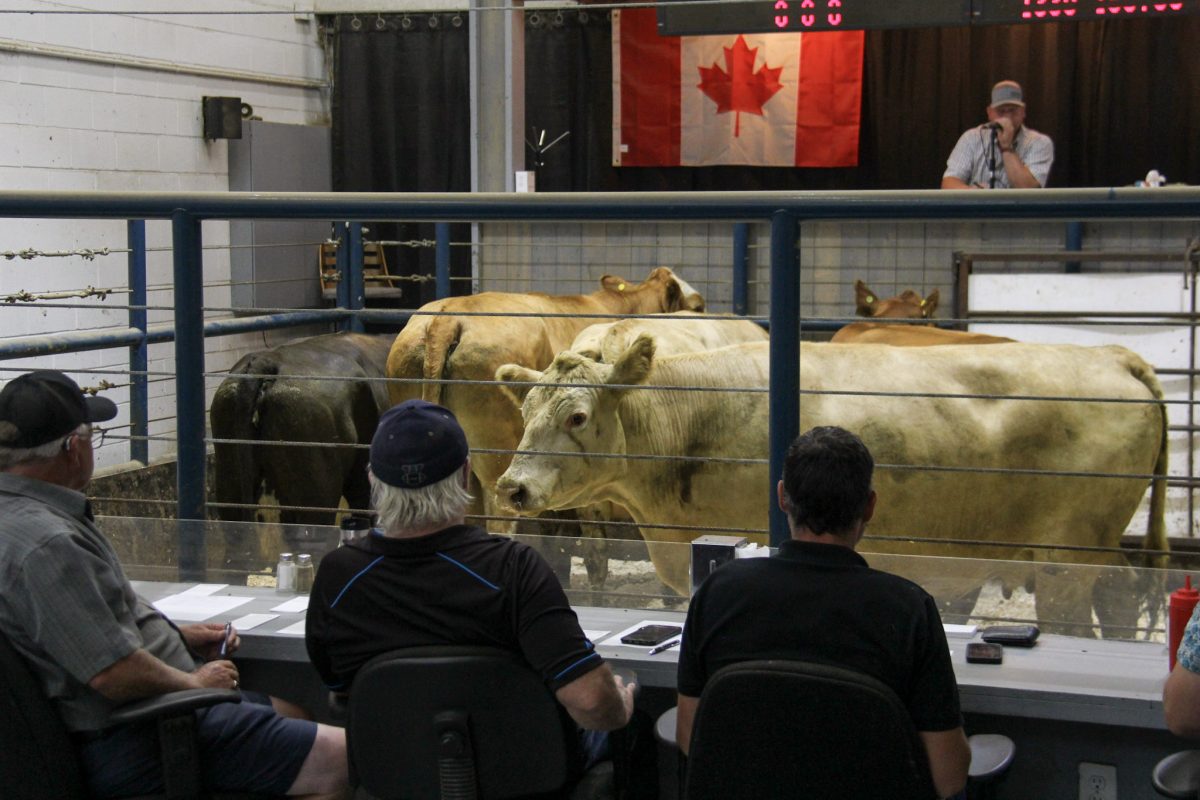
Klassen: Feeder market continues to climb
For the week ending August 30, Western Canadian feeder cattle markets traded $4-$8/cwt higher on average. Quality yearling and calf packages were up as much as $15/cwt in some cases.
Nine more domestic cases (six from Alberta, two from British Columbia and one from Manitoba), plus one case found in Washington state in late 2003 but traced back to a Canadian farm, followed, at times hindering the process of USDA rulemaking to resume beef and cattle imports from Canada. Legal volleys fired mostly by a U.S. northern ranchers’ group also slowed the move toward resumed trade.
However, the U.S. resumed imports of beef from younger Canadian animals in August 2003, and imports of live cattle under age 30 months in March 2005.
The new rule allows imports of live Canadian cattle and bison born after March 1, 1999, as well as meat products from animals of any age as long as their specified risk materials (SRMs, the tissues known to harbour BSE protein in infected animals) have been removed. (Note: this paragraph previously and incorrectly implied that only meat from animals born after February 1999 would be allowed, which is not strictly the case. We regret the error.)
Cattle imports must be certified by a Canadian Food Inspection Agency (CFIA)-accredited veterinarian. That process includes a health inspection, age verification and approved permanent identification.
U.S. restrictions on Canadian sheep and goats have not changed, but the U.S. government “continues to review this position,” according to CFIA.
George Groeneveld, Alberta’s agriculture minister, said USDA’s move to allow older cattle and their beef is a recognition of the effectiveness of Canada’s BSE safeguards.
“The requirements to export live cattle to the U.S. emphasize the importance of age verification and we are continuing to work closely with industry and producers to promote and encourage traceability initiatives,” he said in a release Monday.
Premier Ed Stelmach added that Alberta hopes these changes will mean more market opportunities south of the border for the province’s ranchers and processors.
The OTM rule is still up against a request from R-CALF USA, the northern ranchers’ group, for an injunction to overturn it, temporarily at least, while a U.S. district court reviews it. Some members of the U.S. Senate and House of Representatives have also sought to pass motions of disapproval for the OTM rule in Congress. Such a motion could also possibly halt the rule, although the congressmen’s bid is seen by observers as a long shot.



